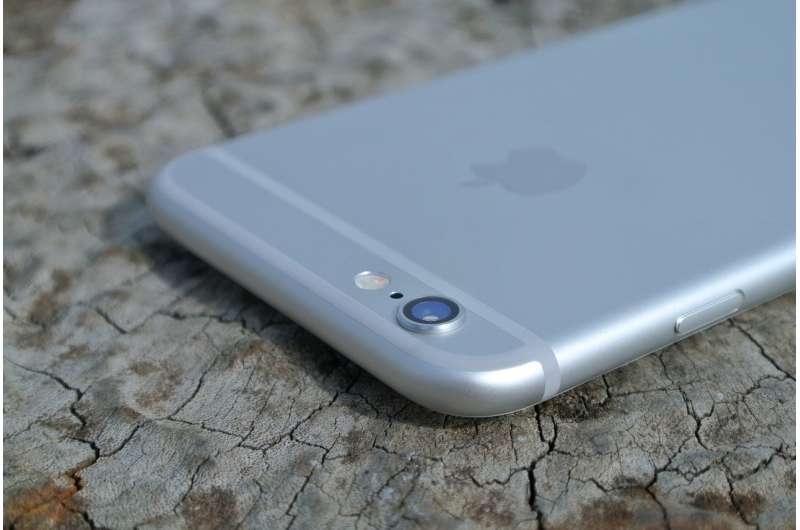A smartphone and new software could help save infants born preterm

Worldwide, preterm birth is a leading cause of death for children under five-years-old. A new algorithm combined with a handheld, smartphone-based device could aid health care workers in remote locations to estimate degrees of prematurity for affected infants. Such information can be critical for administering life-saving treatments.
The new method is based on previous clinical studies showing that gestational age can be calculated from the density of blood vessels in a specific region of the eye. In The Optical Society (OSA) journal Biomedical Optics Express, the researchers report that their automated method for analyzing video of the eye in most cases outperformed a manual method for determining the gestational age of 124 newborns.
"We invented a fully automatic, machine learning algorithm that uses images acquired with an inexpensive, portable smartphone-based device to classify the gestational age of a newborn," said Arjun D. Desai from Duke University, first author of the paper. "We expect the algorithm to be useful for remote and point-of-care gestational age estimation of premature newborns in low-income countries without the need for medical experts."
The researchers have made software using the new algorithm open source and freely available online. In collaboration with Jennifer B. Griffin of RTI International, the software will be further tested and fine-tuned during an upcoming large-scale clinical trial in sub-Saharan Africa and South Asia, where more than 60 percent of the world's preterm births occur. The trial is being funded by the Bill and Melinda Gates Foundation.
"Our work demonstrates that machine learning approaches combined with inexpensive, noninvasive optical imaging systems can address resource-intensive, complex global health problems," said the paper's senior author Sina Farsiu, from the Departments of Biomedical Engineering and Ophthalmology at Duke University.
No expert needed
The new approach involves using an ophthalmoscope—a handheld instrument used to inspect the eye—attached to the lens of a smartphone camera to acquire video of blood vessels in a part of the eye known as the anterior lens capsule. To remove the need for an expert to capture images, the researchers developed an algorithm that automatically parses through video to identify the highest quality frame and the region of interest for analysis.
Once the video is captured, the system applies computational techniques including convolutional neural networks and machine learning algorithms to assess image features in the region of interest and estimate the gestational age. These artificial intelligence approaches allow the computer system to learn from data and improve with experience.
The researchers tested their new approach on a group of 124 newborns in the U.S. They compared their automated method to the best performing manual method, which involves manually selecting the highest quality frame in the video, identifying the area showing the anterior lens capsule, and then applying a model of the relationship between the density of blood vessels and gestational age. They performed both methods on newborns that were six gestational ages: less than or equal to 33, 34, 35, 36, 37 and 38 weeks. The automatic method performed as well as or better than the manual method at all the gestational ages except for 33 weeks.
Expanding to other parts of the world
"Our work is a first step to developing a fully automatic pipeline for determining gestational age that is accurate and robust to differences across newborns," said Desai. "If needed, we will fine-tune our algorithm using data from populations with different geographical, racial and socioeconomic backgrounds."
During the upcoming clinical trial, researchers plan to collect videos from newborns in low-income countries to see how well the new method works for these children. They expect that the automated imaging analysis method combined with other noninvasive imaging biomarkers will obtain the best results.
More information: Arjun D. Desai et al, Open-source, machine and deep learning-based automated algorithm for gestational age estimation through smartphone lens imaging, Biomedical Optics Express (2018). DOI: 10.1364/BOE.9.006038
Journal information: Biomedical Optics Express
Provided by Optical Society of America



















